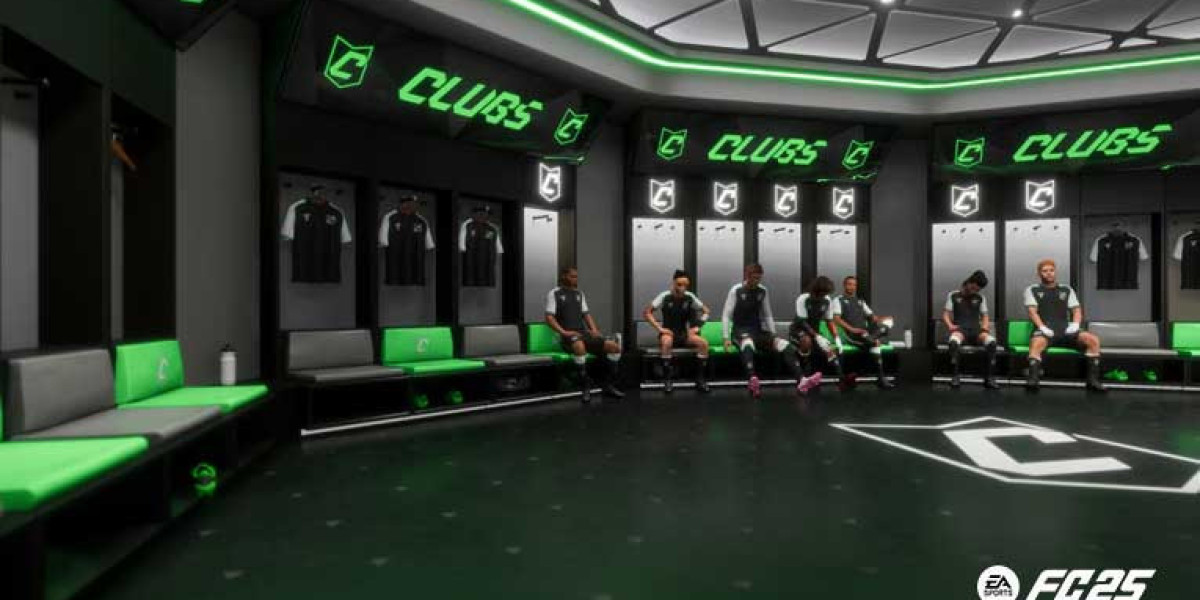India's rapidly growing cities face a critical challenge: providing mass mobility while combating severe air pollution. The Zero Emission Bus (ZEB) has emerged as a key solution, offering a pathway to cleaner, quieter, and healthier urban transport. As of late 2025, the push for ZEBs, driven primarily by government policy and the clear environmental imperative, has led to the large-scale adoption of Battery Electric Buses (BEBs) across the country. While hydrogen fuel cell technology also falls under the ZEB umbrella, it remains in the nascent stages in India, leaving battery-electric as the current flagbearer of the zero-emission public transport revolution.
Defining Zero Emission: At the Tailpipe
The crucial characteristic of a ZEB is that it produces zero harmful emissions during operation. This means no particulate matter (PM2.5), nitrogen oxides (NOx), carbon monoxide (CO), or greenhouse gases (CO2) are released from the vehicle itself while it's driving on city streets. This has a direct and immediate positive impact on local air quality, particularly along high-traffic bus corridors where pollution levels are often highest.
The Two Main ZEB Technologies
Battery Electric Buses (BEBs): The Current Champion
How they Work: Store energy in large onboard battery packs (typically LFP chemistry in India) and use electric motors to drive the wheels. They are recharged by plugging into the electrical grid.
Advantages: Proven technology with mature supply chains, increasingly competitive Total Cost of Ownership (TCO) due to low fuel/maintenance costs, utilizes existing electricity infrastructure (albeit requiring upgrades for depots), completely silent operation.
Status in India (2025): The dominant ZEB technology. Thousands are already in operation or on order across major cities, driven by FAME II subsidies and large state/CESL tenders. The ecosystem for manufacturing, operation, and charging is rapidly developing.
Fuel Cell Electric Buses (FCEBs): The Future Contender
How they Work: Store energy as compressed hydrogen gas in onboard tanks. A fuel cell stack electrochemically combines hydrogen with oxygen from the air to generate electricity onboard, which then powers electric motors similar to a BEB. The only emission is water vapor.
Advantages: Offer significantly longer driving range on a single "fill" compared to current BEBs, and refueling takes only minutes (similar to diesel), potentially making them better suited for long-distance inter-city routes or very high-utilization urban routes where long charging times are problematic.
Challenges in India (2025):
Infrastructure: Lack of a widespread hydrogen production and refueling network is the biggest barrier. Creating "green" hydrogen (using renewable energy for electrolysis) at scale is essential for true environmental benefit but is currently expensive.
Cost: Both the FCEB vehicles themselves and the hydrogen fuel are currently much more expensive than BEBs and electricity.
Technology Maturity: While proven in pilots globally, the technology is less mature for mass deployment compared to BEBs.
Status in India (2025): Limited to a few high-profile pilot projects and demonstrations by companies like Tata Motors, IOCL, and Reliance Industries, often focused on specific industrial or government initiatives (e.g., National Hydrogen Mission). Not yet commercially deployed at scale.
Policy and Environmental Impact The push for ZEBs is central to India's climate goals and its National Clean Air Programme. By transitioning the enormous public transport bus fleet (hundreds of thousands of vehicles) away from highly polluting older diesel engines towards zero-emission alternatives, significant improvements in urban air quality and reductions in greenhouse gas emissions can be achieved. While BEBs are leading the charge now, the long-term ZEB strategy may involve a mix of both battery-electric and hydrogen fuel cell technologies, depending on the application and infrastructure development. The commitment to Zero Emission Buses marks a fundamental shift towards a cleaner, healthier future for Indian cities.
Frequently Asked Questions (FAQ)
Q1: What makes a bus a "Zero Emission Bus" (ZEB)?A1: A ZEB is a bus that produces no harmful emissions (like particulate matter, NOx, CO, CO2) from its tailpipe during operation. The two primary technologies are Battery Electric Buses (BEBs), which run on stored electricity, and Fuel Cell Electric Buses (FCEBs), which generate electricity from hydrogen.
Q2: Which type of ZEB is more common in India today?A2: Battery Electric Buses (BEBs) are vastly more common in India as of 2025. Thousands are in operation across many cities, supported by government tenders and subsidies. Hydrogen Fuel Cell Buses (FCEBs) are still only in very limited pilot project stages.
Q3: Are Zero Emission Buses truly "zero emission" considering electricity or hydrogen production?A3: ZEBs have zero tailpipe emissions, which dramatically improves local air quality where they operate. The overall "well-to-wheel" emissions depend on how the electricity or hydrogen used to power them is generated. As India's electricity grid incorporates more renewable energy, the lifecycle emissions of BEBs decrease significantly. Similarly, FCEBs are truly green only if powered by "green" hydrogen (produced using renewable energy).
Q4: What is the main advantage of hydrogen fuel cell buses compared to battery electric buses?A4: The main potential advantages of FCEBs are a longer driving range per fill and much faster refueling times (minutes vs. hours for charging). This could make them more suitable for long-distance routes or operations with extremely high daily mileage where charging time is a major constraint. However, they face significant cost and infrastructure challenges today.
More Related Report
Automotive Timing Belt Market Size








